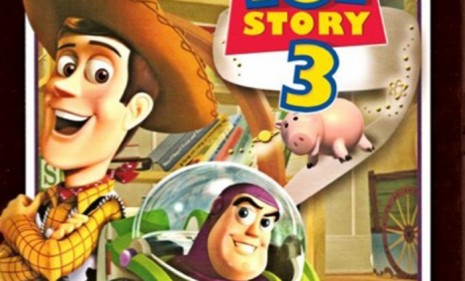3 theories why adults love 'Toy Story 3'
"Toy Story 3" reaped $109 million at the box office last weekend, with broad demographic appeal that went well beyond families. What gives?

Though Hollywood pundits had confidently predicted that Pixar's latest family film, Toy Story 3, which earned $109 million this past weekend, would do big business, few forecast how solidly the film would connect with adults: 40 percent of the non-family filmgoers were between the ages of 17–24, and older adults are also driving the movie's buzz. What's behind this demographic twist? Three theories: (Watch the Toy Story 3 trailer)
1. The film's original audience has grown up
The first Toy Story was released in 1995, notes Ethan Smith in The Wall Street Journal, and kids who watched it in elementary school will be in their early 20s now. Accordingly, college students "made up a large percentage of the audience." Disney marketing execs hit campuses this spring with a promotional program that gives new meaning to the word "teaser," screening the "first two-thirds of the movie for college students" free of charge.
The Week
Escape your echo chamber. Get the facts behind the news, plus analysis from multiple perspectives.

Sign up for The Week's Free Newsletters
From our morning news briefing to a weekly Good News Newsletter, get the best of The Week delivered directly to your inbox.
From our morning news briefing to a weekly Good News Newsletter, get the best of The Week delivered directly to your inbox.
2. Adults no longer associate animation with kids
Kids will "undoubtedly devour" Toy Story 3, says John Young in Entertainment Weekly, but "those with multiple decades beneath their belts" will love it just as much. Thanks to movies like Fantastic Mr Fox, Waltz With Bashir, and Persepolis, animation is no longer seen as a kids' genre. "Pixar should know that we adults will gladly follow them anywhere, to infinity and beyond."
3. It's a parable for the aging process
Toy Story 3 is actually about what happens when you grow old, says David Hadju in The New York Times. Left behind when their owner goes to college, the toys "suddenly feel the obsolescence of retirement, the pains of old age, the anxiety of death’s approach." No wonder grandparents are flocking to it as much as their grandchildren.
A free daily email with the biggest news stories of the day – and the best features from TheWeek.com


